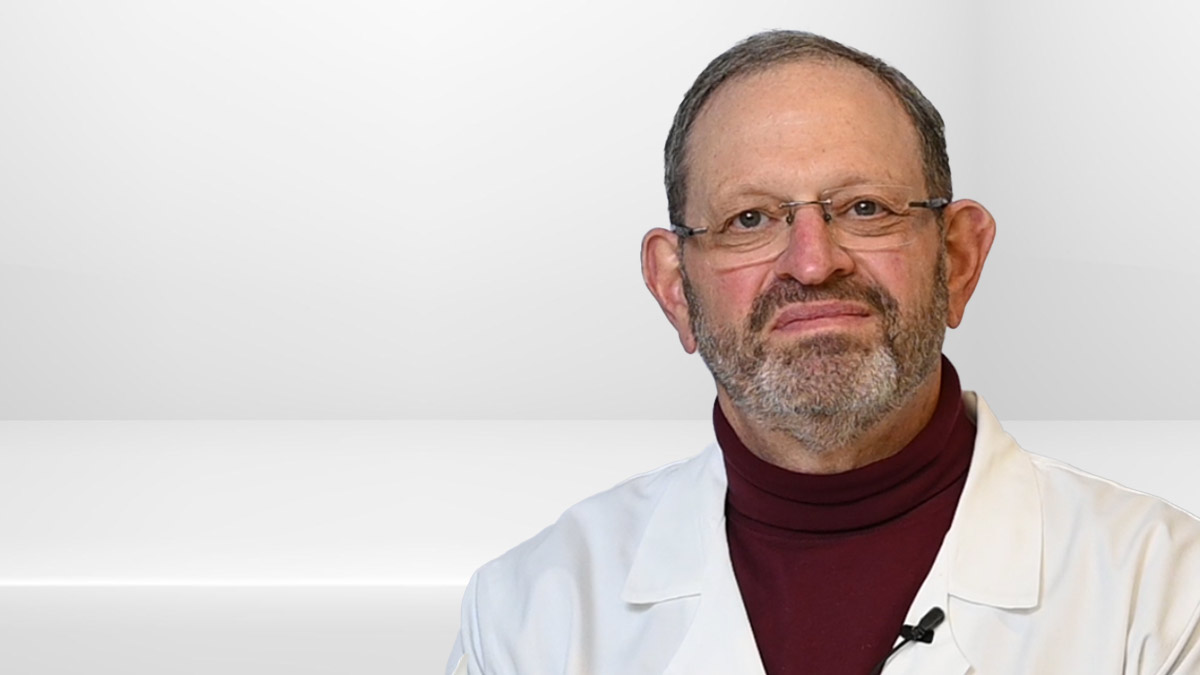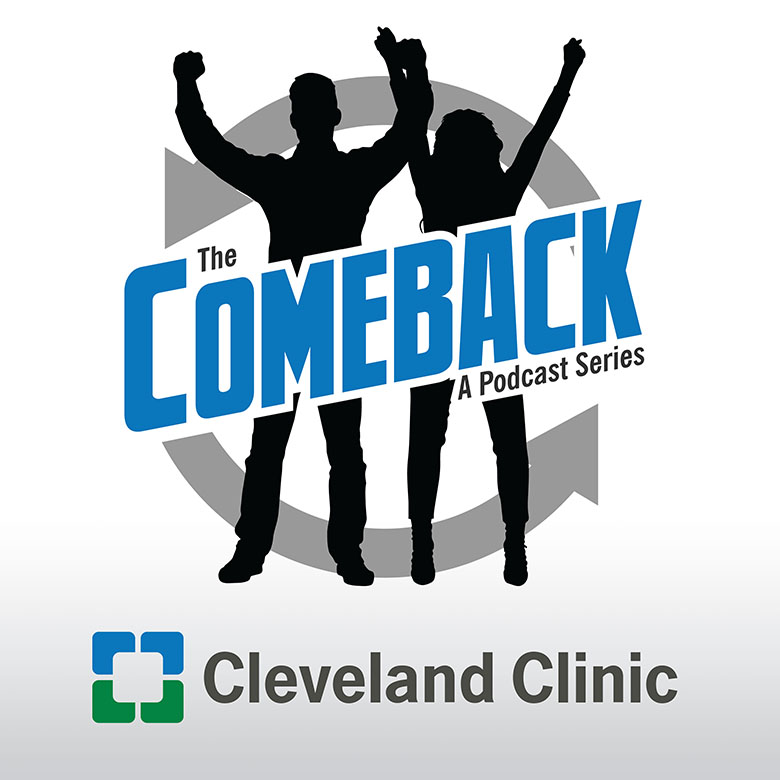Pacemakers and Defibrillators: What's New?

Pacemakers and defibrillators are both cardiac implantable electronic devices and used for different things – depending on the rhythm it is treating. Dr. Wilkoff, Director: Cardiac Pacing & Tachyarrhythmia Devices explains the different devices – and what’s new in pacing, such as leadless options.
Subscribe: Apple Podcasts | Podcast Addict | Buzzsprout | Spotify
Pacemakers and Defibrillators: What's New?
Podcast Transcript
Announcer:
Welcome to Love Your Heart. Brought to you by Cleveland Clinic's Sydell and Arnold Miller Family Heart, Vascular and Thoracic Institute. These podcasts will help you learn more about your heart, thoracic, and vascular systems, ways to stay healthy, and information about diseases and treatment options. Enjoy.
Dr. Bruce Wilkoff:
I'm Dr. Bruce Wilkoff, Director of Cardiac Pacing and Tachyarrhythmia Devices at the Cleveland Clinic, and often people talk to me about wanting to understand the differences between different devices. They're all called cardiac implantable electronic devices, and they fall into three categories; pacemakers that keep your heart from going too slow. Defibrillators that keep your heart from going too fast and resynchronization devices that help improve the strength of the contractions of the heart. Now, in addition to this, we have some newer devices that have novel leads that I'll talk about in a second. But first, pacemakers are designed just to keep your heart from going too slow. That kind of a heart rhythm is called a bradycardia, and that's the simplest type of pacemaker, simplest type of cardiac implantable electronic device.
Dr. Bruce Wilkoff:
Now, implantable defibrillators will often have a pacemaker, but also respond to very fast heart rhythms that are life-threatening. And at that time, the pacemaker-defibrillator will shock your heart back into normal rhythm, and that's not comfortable, but it is lifesaving. Now, sometimes the pacemaker part will also allow the fast heart rhythms to be treated well. The third type of device is a cardiac resynchronization device, which can be either a pacemaker or defibrillator or the combination, but it has an extra lead that helps to synchronize the heartbeat between the left and right side of the heart. This strengthens the contraction and in the right patient, can really be a big boon for improving symptoms of shortness of breath or swelling up or fatigue.
Dr. Bruce Wilkoff:
Now, the newest thing that's been happening is that we have devices instead of with leads, but lead-less. So we have now small devices that get implanted in the inside of the heart that can pace the ventricle, sometimes synchronize from the atrium to the ventricle, and therefore pace without having leads through the veins and without having a device underneath the skin. In addition, there are now defibrillators that don't require the leads to go through the veins of the chest, but rather the leads go underneath the skin. And maybe soon we'll have other ways of putting in defibrillators as well. So they still have the same function, pacemakers, keep your heart from going too slow. Defibrillators treat your heart when they go too fast and the resynchronization devices keep your heart beating in synchrony and more strongly.
Announcer:
Thank you for listening. We hope you enjoyed the podcast. We welcome your comments and feedback. Please contact us at heartatccf.org. Like what you heard, subscribe wherever you get your podcasts or listen at clevelandclinic.org/loveyourheartpodcast.

Love Your Heart
A Cleveland Clinic podcast to help you learn more about heart and vascular disease and conditions affecting your chest. We explore prevention, diagnostic tests, medical and surgical treatments, new innovations and more.


